The term “surround sound” is part of our everyday lexicon and with all the surround formats available for use, it is sometimes confusing for the mainstream consumer to understand what their options are and what they do.
In this article, we present a brief overview of what surround sound means, what some of the formats are, and how you can experience surround sound at home.
Mono
Starting at the beginning, there was a monophonic (mono) sound. The elements of a sound recording are output using one amplifier and speaker combination.The voice, instruments, and effects appear to originate from a single point in space in front of the listener. That point doesn’t change regardless of the listening position.

Tip: Many tabletop radios and Bluetooth speakers incorporate a mono speaker configuration,
Stereo
Stereophonic (stereo) sound has been widely used for decades for both music and TV listening. This format incorporates left and right channels. The sound is divided between the two channels.

On the production end, recorded sounds are mixed so that some elements are placed in the left channel and others on the right.
For example, when listening to an orchestra or big band recording, you will hear the various instruments more naturally from different parts of the stage. However, sounds from the lead vocalist or actor’s dialog are mixed into both channels. This results in a “phantom” center channel effect, halfway between the left and right channel speakers.
For best listening results you need to sit in a center “sweet spot.” One reason for this suggestion is that as you move off-axis, the position of the “phantom center channel” will move with you instead of remaining anchored in the center.
Surround Sound
Surround sound builds on both mono and stereo by expanding the sound field beyond the front left and right channels, to multiple directions, depending on the surround sound format implemented and the content mix.

The most basic surround sound setup consists of 5.1 channels (left, center, right, left surround, right surround, and subwoofer).
The principal vocals or dialog come from a dedicated center channel that remains anchored even if you move off-center. The rest of the main sounds come from the left and right speakers, and ambiance and directional sound effects come from the surround left and right speakers. Also, most of the low frequencies are assigned to a specialized speaker, referred to as a subwoofer.
A 5.1-channel speaker setup is the most commonly used option in home theater setups, but that is not the only one available.
For example, in addition to a 5.1-channel setup, you can opt for a 7.1-channel setup with left-back and right-back speakers located behind the listener. This is in addition to the main, center, and surround speaker setup of a 5.1-channel system.
There are also more complex setup options that may include the addition of “wide surround” speakers between the front and surround speakers, as well as speakers assigned for height or overhead sounds (for example for Dolby Atmos setups).

With the increased number of channel and speaker setup options, the naming conventions for these options are also different. For example, instead of 5.1 or 7.1, you will encounter designations such as 5.1.2, 5.1.4, 7.1.4, etc…
- The first number represents the number of speakers in the horizontal plane (such as a traditional 5.1 or 7.1 channel setup).
- The second number represents the number of subwoofers (s).
- The last number represents the number of height channel speakers.
Surround Sound Decoding
Some surround sound formats are encode/decode formats. This means that the format is encoded on content (disc, TV program, streaming) before it arrives to the listener. In order to listen to an encoded format, a soundbar, AV receiver, or AV preamp/processor has to decode the format and distribute the sound to a compatible speaker setup.

Examples of encoded surround sound formats include
- The Dolby Family: Digital 5.1, EX (6.1), Dolby Digital Plus,TrueHD (5.1/7.1), and Atmos (5.1.2 or more).
- The DTS Family: 5.1 Digital Surround, ES (6.1), HD (5.1), HD-Master Audio (5.1/7.1), DTS:X (number of channels not specified, but ranges from 7.1 on up).
- Auro 3D Audio (9.1, 10.1, 11.1, 13.1)
Surround Sound Processing
In addition to encoded surround sound formats, there are also surround sound processing formats that approximate a surround sound listening experience without the need for the source content to be previously encoded.

Your audio system (home theater receiver, A/V pre-processor, or select soundbars) detects an incoming analog or digital audio signal that is not necessarily encoded in a specific surround sound format and looks for embedded sound placement cues. A processing chip then makes the best guess as to the surround sound channel they should be placed in. This is sometimes referred to as “post-processing.”
Tip: Post-processing is not as accurate as decoding a pre-mixed encoded signal.
Examples of surround sound processing formats include
- Virtual Surround (goes by several names depending on product brand/model)
- Dolby Prologic II (5.1), IIx (7.1), Dolby Surround Upmixer, and Height Virtualization.

What You Need to Get Surround Sound
Surround content is available on physical media (DVD, Blu-ray, UHD Blu-ray), streaming, cable, satellite, and select over-the-air TV broadcasts.
To access and hear surround sound from one or more of these sources, here are some examples of what you need.

Soundbar (preferably with a Subwoofer and Surround speakers)
This option consists of a soundbar for the front left, center, and right channels, a subwoofer (usually wireless), and compact surround sound speakers.
Pre-Packaged System (aka Home-Theater-in-a-Box).
These systems include a receiver/control center, speakers and subwoofer are included in one package.

In addition, some pre-packaged systems come with wireless speakers (such as WiSA-certified systems). These packages include a transmitter (central control module) that connects to a TV via HDMI-ARC/eARC (preferred), digital optical, or analog, and sends those audio signals to powered wireless speakers.

Tip: Pre-packaged systems are typically limited to 5.1 or 7.1 channel configurations, but some do accommodate Dolby Atmos height speakers using a 5.1.2 channel configuration.
Home Theater Receiver or AV Separates with Speakers of your Choice

With this type of setup, the A/V receiver or A/V Preamp-processor decodes and/or processes audio signals passed to it from a connected source and sends the sound to each speaker (and subwoofer) via wired connections.
You can opt for a 5.1 or 7.1 channel home theater receiver with the corresponding number of speakers for listening to surround sound formats such as Dolby Digital or DTS.
If you want something more “advanced,” a growing number of home theater receivers or A/V separates support vertically firing or ceiling-mounted height channel speakers for immersive surround sound formats such as Dolby Atmos, DTS:X, or Auro 3D-Audio.
Tip: For specifics on channel/speaker setup options, consult your soundbar, A/V receiver, or pre-pro user guide.
Spatial Audio
Dolby Atmos and DTS:X can be considered part of the spatial audio landscape, Sony 360 Reality Audio, THX Spatial Audio, and Apple Spatial Audio are three additional examples that are used in both speaker and headphone environments.
Related Reading
How To Improve Your TV’s Sound: Don’t Settle For Less
Best AV Receivers Available Now (November 2022)
Yes, You CAN Get A Real Dolby Atmos Home Theater System For Under $1,000
Three Great-Sounding Dolby Atmos Soundbars You Can Buy Today


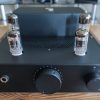
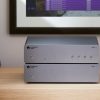

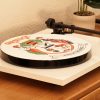


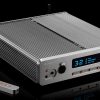
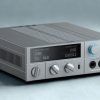


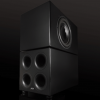















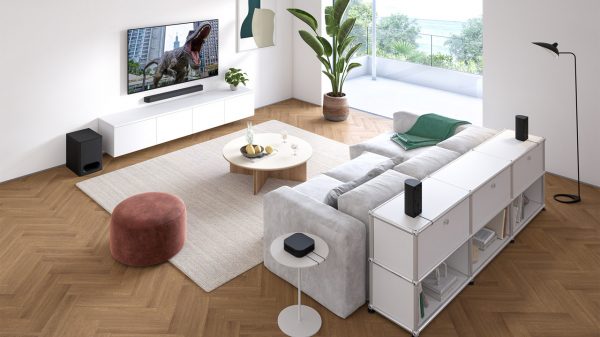





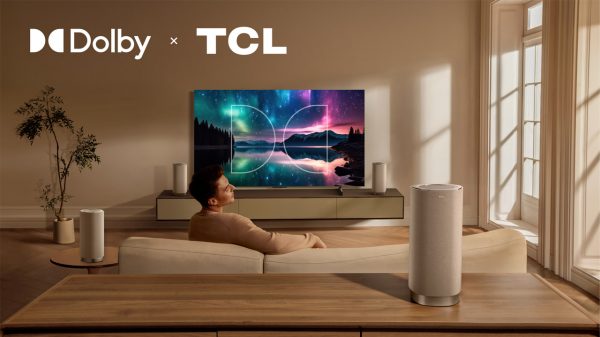



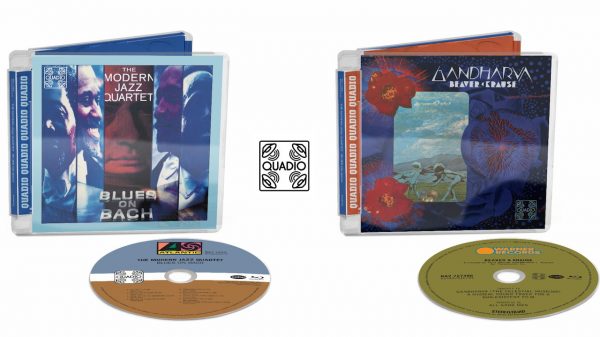












Doug
December 19, 2022 at 5:11 am
WTF
Why do you have to start every topic with WTF?
It is a turn off for me.
Just saying.
jeffrey henning
December 19, 2022 at 7:58 pm
If you’ve been around on the planet for 20-plus years and don’t understand this topic, this terse explanation will offer no insight.
Was this for 2nd graders?
Ian White
December 20, 2022 at 12:16 am
Jeff,
3rd graders, apparently.
Ian White